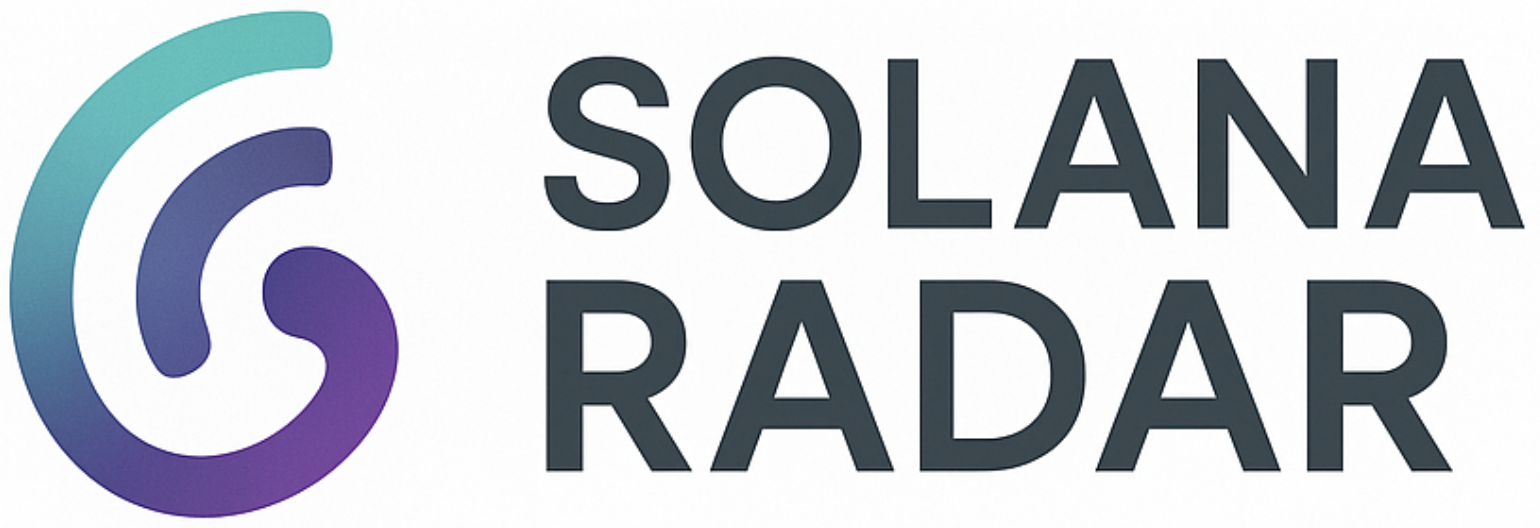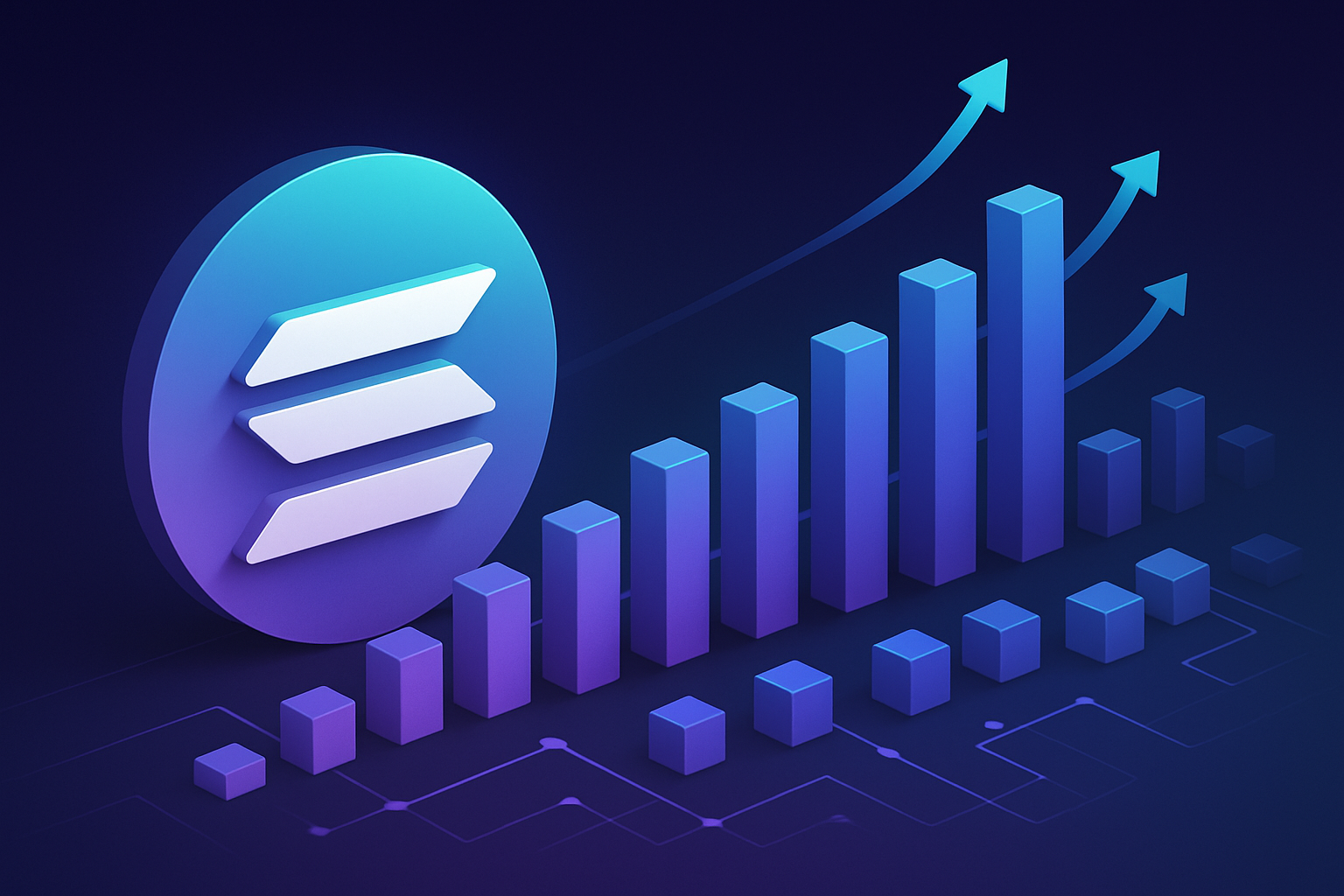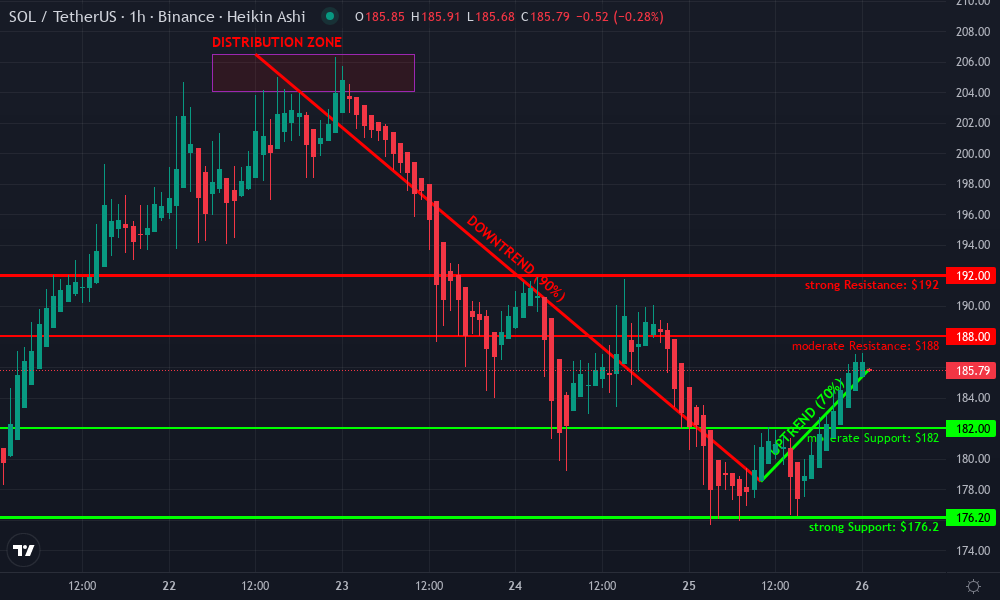Solana’s relentless drive for scalability is paying off in 2025. With a market price of $185.88 and a 24-hour gain of and $4.27 ( and 0.0235%), Solana is not just flexing its muscles on the price charts, it’s rewriting blockchain performance benchmarks by breaking transaction speed and volume records. The secret sauce? A bold, tactical expansion of blockspace capacity and a suite of network upgrades that have redefined what’s possible in public ledgers.
Blockspace Expansion: The Engine Behind Solana’s 2025 TPS Records
The term Solana blockspace increase isn’t just technical jargon, it’s the foundation for the network’s record-breaking throughput. In early 2025, Solana boosted its block capacity by 20%, enabling more transactions per block than ever before (blockworks.co). This was achieved by raising the maximum compute units (CUs) per block from 48 million to 50 million, with further plans to escalate this to 60 million CUs within the year. These micro-advancements, spearheaded by Anza, are designed to squeeze every drop of efficiency from Solana’s architecture without sacrificing security or decentralization.
But the ambition doesn’t stop there. Engineers have implemented SIMD-0207, increasing block size by another 4%, allowing even more data to be packed into each block (messari.io). The roadmap aims for a staggering 100 million CUs per block by year-end, a move that could double current throughput and cement Solana as the blockchain scalability leader.
Transaction Throughput: Surpassing Legacy Systems and Crypto Rivals
The results are quantifiable and dramatic. By mid-2025, Solana consistently processes 65,000 TPS, dwarfing Bitcoin’s mere 7 TPS and surpassing all other layer-1 competitors (gate.com). Real-time data confirms that Solana now leads all public chains in actual transaction volume, not just theoretical limits, handling over 12,554,073 transactions daily. This performance edge isn’t lost on users or investors; DEXs on Solana now command over $890 billion USD in trading volume for the first five months of 2025 alone.
This surge in activity is directly tied to Solana transaction volume. NFT markets are thriving with $1.2 billion traded in Q1 (up 30% quarter-over-quarter), while DeFi TVL has exploded past $100 billion, a stunning 500% increase since 2023. These metrics are not just numbers; they’re proof points for how increased blockspace translates into real economic activity across gaming, DeFi, NFTs, and payment rails.
Pioneering Validator Tech: Firedancer and Institutional Confidence Fuel Growth
No discussion of Solana blockchain scalability is complete without mentioning Firedancer, Jump Crypto’s high-performance validator client purpose-built for speed and resilience. Firedancer optimizes consensus participation while slashing latency, enabling validators to process more transactions with less hardware bottleneck (messari.io). This innovation has played a pivotal role in maintaining network reliability even as transaction loads soar.
The impact on institutional adoption is equally profound. In mid-2025, institutional holdings represent roughly 40% of all circulating SOL tokens, reflecting deep confidence in both technical progress and long-term ecosystem growth (gate.com). As institutions pile in, they bring liquidity, stability, and legitimacy, fueling further development across every vertical from GameFi to enterprise payments.
Solana (SOL) Price Prediction 2026-2031
Forecast based on Solana’s 2025 blockspace expansion, TPS records, institutional adoption, and evolving market conditions.
| Year | Minimum Price | Average Price | Maximum Price | % Change (Avg YoY) | Scenario Notes |
|---|---|---|---|---|---|
| 2026 | $155.00 | $210.00 | $275.00 | +13% | Potential consolidation or correction post-2025 rally; tech upgrades and adoption drive resilience. |
| 2027 | $180.00 | $245.00 | $330.00 | +17% | Bullish on DeFi/NFT growth and Firedancer rollout; market volatility persists. |
| 2028 | $210.00 | $300.00 | $395.00 | +22% | Wider institutional integration; regulatory clarity improves outlook. |
| 2029 | $230.00 | $345.00 | $450.00 | +15% | Mainstream enterprise adoption, but competition from other L1s increases. |
| 2030 | $260.00 | $410.00 | $520.00 | +19% | Potential new ATHs on mass adoption and ecosystem maturity. |
| 2031 | $300.00 | $480.00 | $600.00 | +17% | Sustained growth as Solana cements its role in global blockchain infrastructure. |
Price Prediction Summary
Solana’s price outlook for 2026-2031 remains robust, supported by its industry-leading TPS, ongoing blockspace expansion, and strong institutional adoption. While volatility and market cycles may cause corrections, the long-term trajectory is bullish, especially with continued technological innovation and expanding use cases. By 2031, SOL could potentially reach an average price of $480.00, with maximum bullish scenarios targeting $600.00.
Key Factors Affecting Solana Price
- Continued blockspace and throughput upgrades (e.g., Firedancer, SIMD proposals)
- Sustained DeFi, NFT, and real-world asset tokenization growth on Solana
- Institutional adoption and investment flows
- Regulatory environment and potential global crypto frameworks
- Competition from other high-performance L1 blockchains
- Market cycles (bull/bear phases) and macroeconomic trends
- Ecosystem development and new use cases driving value accrual
Disclaimer: Cryptocurrency price predictions are speculative and based on current market analysis.
Actual prices may vary significantly due to market volatility, regulatory changes, and other factors.
Always do your own research before making investment decisions.
Solana’s momentum isn’t just a headline-grabber, it’s a tactical blueprint for the next generation of blockchain infrastructure. As blockspace scales, so does the entire ecosystem, creating a virtuous cycle: faster settlement times attract more users and dApps, which in turn drive up transaction volume and validator participation. This flywheel effect is why Solana is outpacing both legacy payment systems and rival chains on every meaningful metric in 2025.

Ecosystem Impacts: From DeFi to GameFi, The Real-World Outcomes
The practical upshot of Solana’s blockspace increase is visible across all verticals. For DeFi protocols, higher TPS means lower latency and slippage, empowering traders to execute strategies that would be impossible on slower chains. NFT platforms benefit from near-instant minting and transfers, eliminating congestion-driven gas wars that plague competitors. In gaming, high-throughput enables real-time asset swaps and microtransactions, core requirements for play-to-earn economies.
How Solana’s Blockspace Expansion Supercharges DeFi, NFTs & GameFi
-
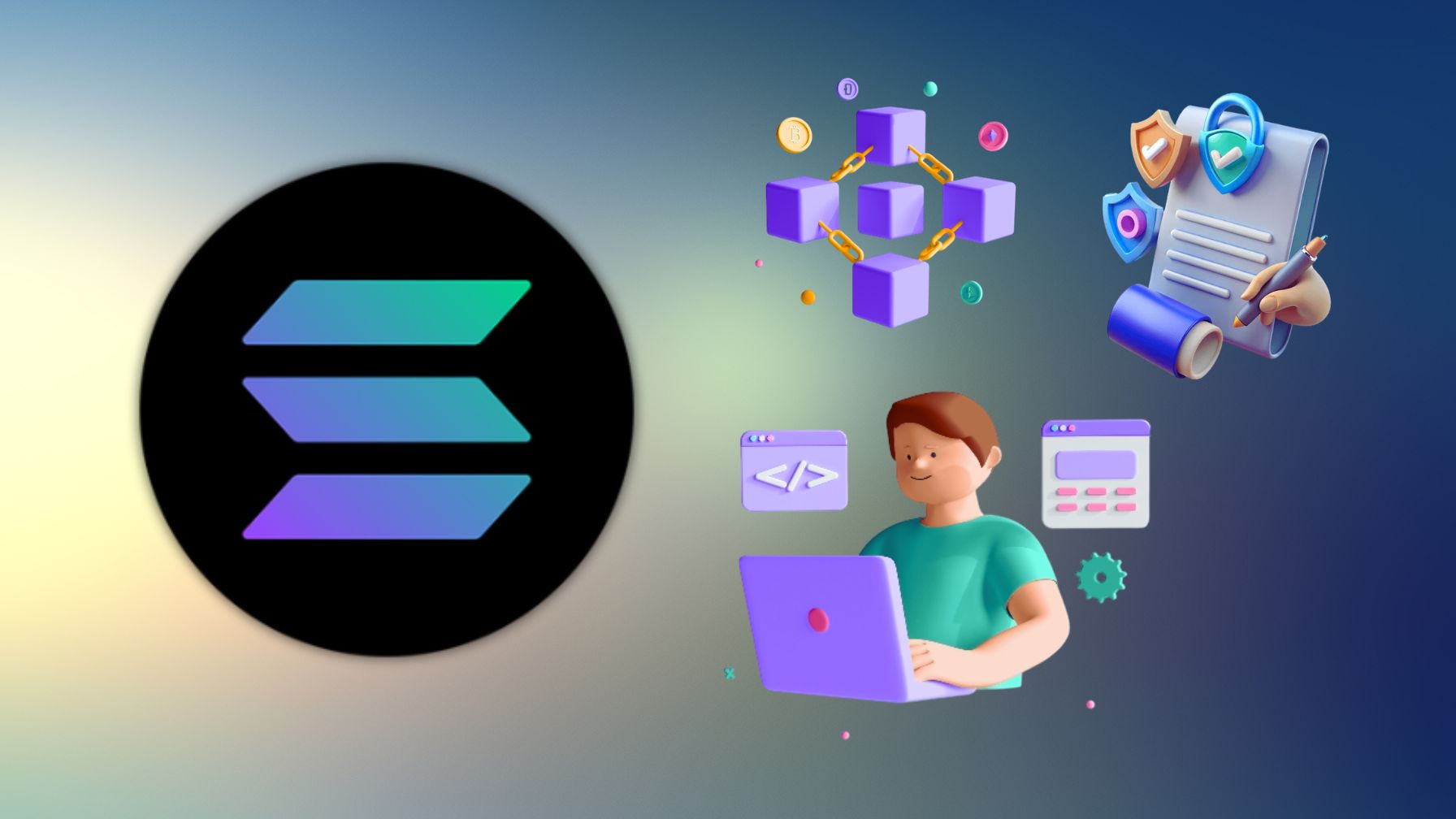
Unmatched DeFi Scalability: Solana’s expanded blockspace and 65,000 TPS throughput have enabled record-breaking $100 billion+ TVL in DeFi protocols, supporting high-frequency trading and instant settlements across platforms like Jupiter and Orca.
-
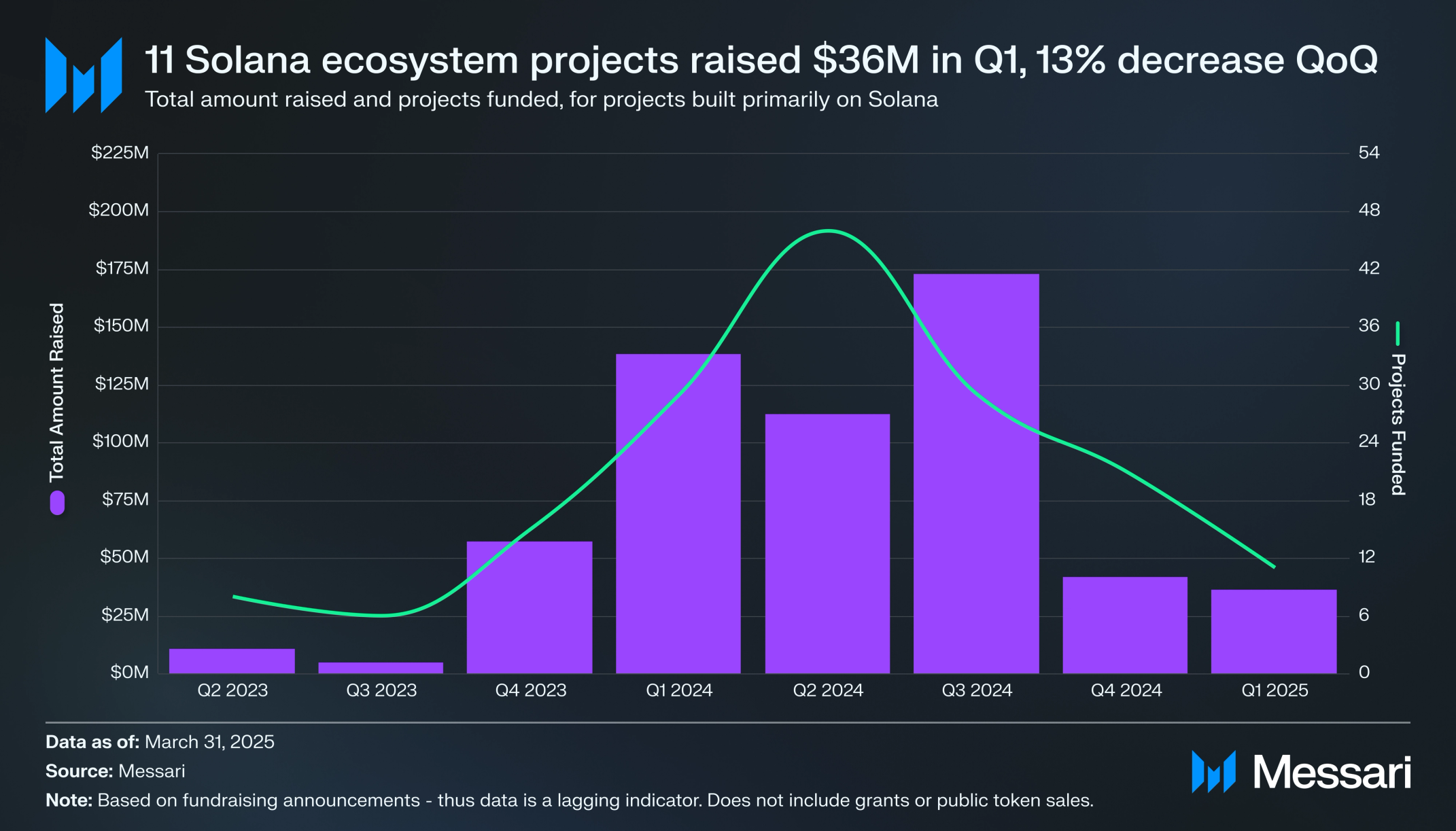
NFT Trading Volume Soars: With block capacity up 20% and further increases planned, Solana processed over $1.2 billion in NFT trading volume in Q1 2025, fueling blue-chip projects like Mad Lads and Solana Monkey Business.
-
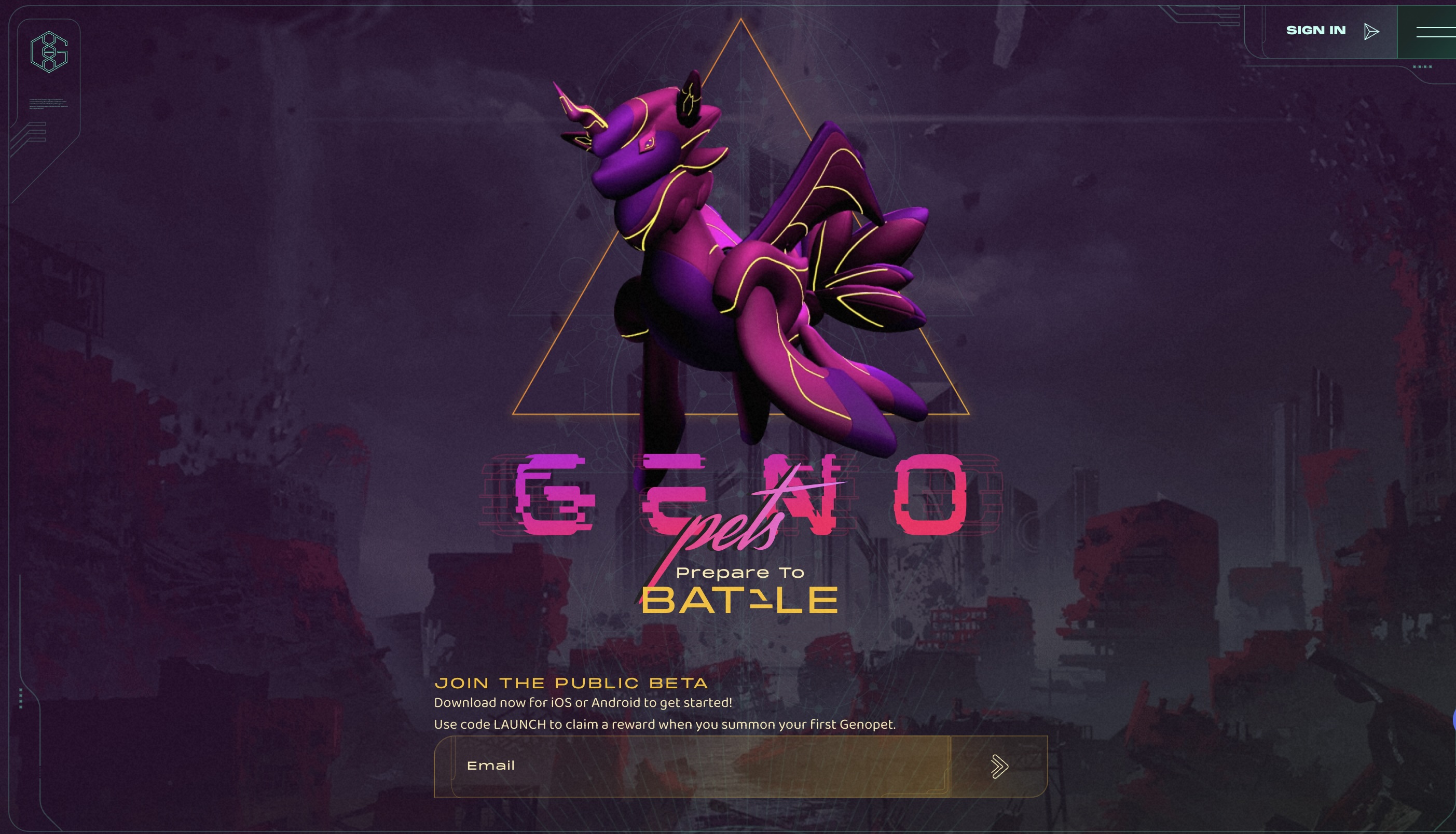
GameFi Experiences Go Mainstream: Higher blockspace allows seamless, low-latency gameplay for popular GameFi titles such as Star Atlas and Aurory, supporting real-time asset transfers and on-chain game logic without congestion.
-

Lower Fees and Faster Confirmations: Increased compute units per block and the Firedancer validator client have driven down transaction costs and improved confirmation times, making Solana the go-to chain for both retail and institutional users.
-
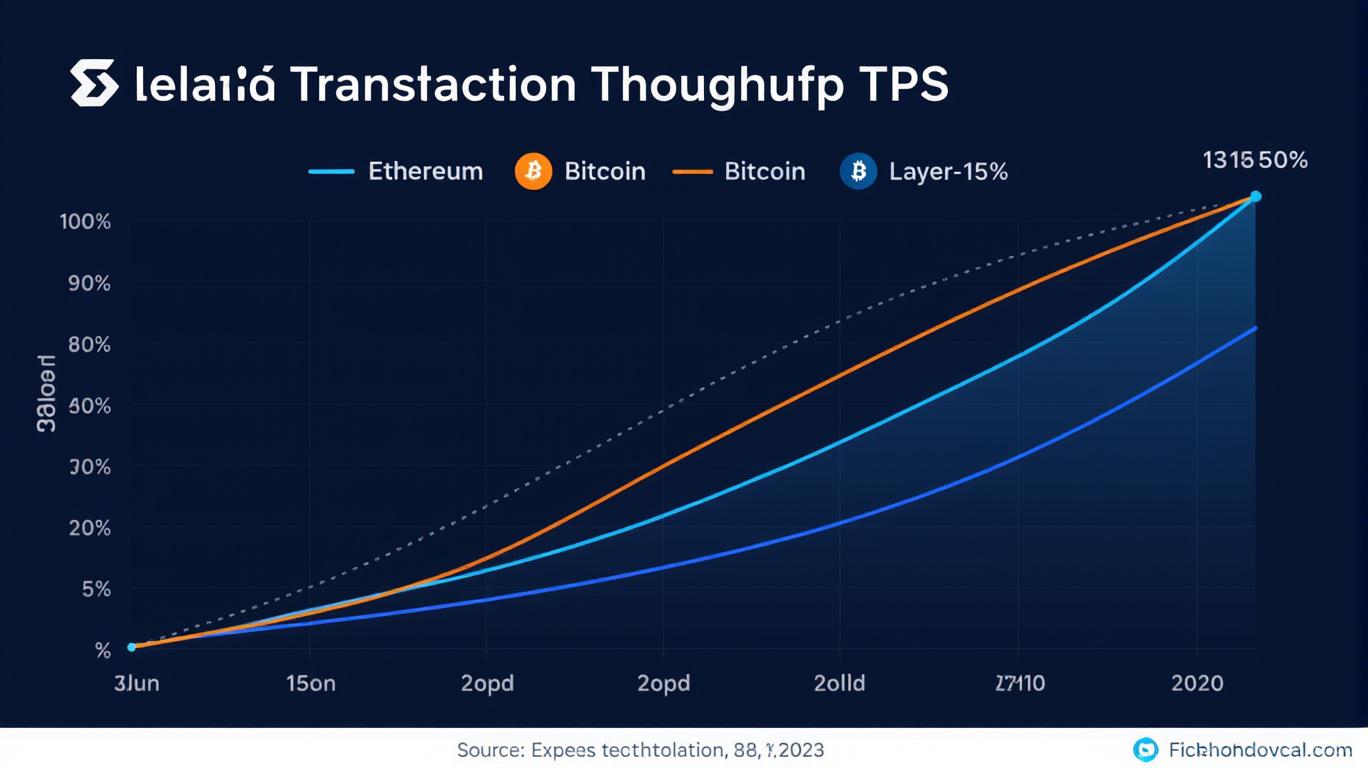
Institutional Confidence and Ecosystem Growth: Enhanced scalability has attracted 40% of SOL’s circulating supply into institutional hands, catalyzing further growth and diversification across DeFi, NFTs, and GameFi sectors.
Developers are seizing the opportunity too. The surge in available compute units per block has unlocked new design space for complex smart contracts and hybrid on-chain/off-chain architectures. This means richer dApps with more features, without sacrificing user experience or security.
Network Stability Amid Record Demand
With these massive gains come new challenges. Network congestion and spam attacks remain active battlegrounds for Solana engineers. However, upgrades like Firedancer and SIMD-0207 are keeping the chain resilient under stress, recent stress tests saw the network sustain high TPS without major slowdowns or outages. This operational reliability is critical for onboarding institutional capital and supporting mission-critical applications.
“Patterns reveal profit. “ That’s never been truer than in Solana’s 2025 run, the data shows that technical upgrades directly translate into ecosystem-wide value creation.
Market Dynamics: SOL Holds Strong at $185.88 Amid Ecosystem Surge
The market has responded accordingly. As of now, SOL trades at $185.88, up 23% in May alone with its market cap approaching $96.7 billion (gate.com). Price action is tracking fundamentals, not hype, as investors recognize the compounding impacts of throughput dominance and ecosystem expansion.
Looking ahead, analysts expect continued upside as further blockspace increases roll out by year-end. With plans to hit 100 million compute units per block, Solana could double its already record-breaking TPS, a feat no other public blockchain is positioned to match this cycle.
Solana Technical Analysis Chart
Analysis by Leah Donovan | Symbol: BINANCE:SOLUSDT | Interval: 1h | Drawings: 7
Technical Analysis Summary
Aggressive Heikin Ashi traders, this SOLUSDT 1H chart is screaming short-term volatility and potential snapback. Draw a downtrend line from the $206.50 high on July 22 to the $178.50 low on July 25 to capture the latest bearish momentum. Overlay horizontal support at $176.20 (recent swing low) and resistance at $188.00 (intraday supply zone). Use a rectangle to highlight the $178.50-$184.00 zone—where recent buyers stepped in. Place a long-position entry marker near $184.50 (where the bounce started), with a stop below $176.20 and a target at $192.00. Annotate with arrows to show the V-shaped reversal forming as of July 26. If volume and MACD confirm, a momentum-driven reversal play is on the table. Text callouts for ‘Aggressive bounce’ and ‘Bearish exhaustion’ near recent inflection points.
Risk Assessment: high
Analysis: High volatility and aggressive reversal play after sharp downtrend; risk is elevated but so is the reward for nimble traders.
Leah Donovan’s Recommendation: I’m leaning into the bounce with tight stops, quick profit targets, and readiness to flip bias if reversal fails. Only for experienced, high-risk traders—SOL’s momentum can cut both ways.
Key Support & Resistance Levels
📈 Support Levels:
-
$176.2 – Recent swing low and demand absorption zone.
strong -
$182 – Minor support from previous bounce area.
moderate
📉 Resistance Levels:
-
$188 – Immediate resistance: previous reaction high and congestion zone.
moderate -
$192 – Key resistance near top of last failed bounce; possible profit target.
strong
Trading Zones (high risk tolerance)
🎯 Entry Zones:
-
$184.5 – Aggressive entry on reversal confirmation off the $178.50 low.
high risk
🚪 Exit Zones:
-
$176.2 – Stop-loss below key support and recent swing low.
🛡️ stop loss -
$192 – Profit target at prior resistance and supply zone.
💰 profit target
Technical Indicators Analysis
📊 Volume Analysis:
Pattern: Volume likely spiked at the $178.50 low; look for confirming surges during the bounce.
High volume at reversal points signals institutional buying or short covering.
📈 MACD Analysis:
Signal: Watch for bullish MACD crossover—if confirmed, strong momentum play.
MACD likely bottoming and turning up after deep oversold move; confirmation would reinforce aggressive long bias.
Applied TradingView Drawing Utilities
This chart analysis utilizes the following professional drawing tools:
Disclaimer: This technical analysis by Leah Donovan is for educational purposes only and should not be considered as financial advice.
Trading involves risk, and you should always do your own research before making investment decisions.
Past performance does not guarantee future results. The analysis reflects the author’s personal methodology and risk tolerance (high).
This isn’t just about speed; it’s about creating a robust foundation for next-gen dApps that demand high throughput, from decentralized exchanges handling billions daily to AAA blockchain games onboarding millions of players simultaneously.
The Takeaway for Builders and Investors
If you’re building or investing in crypto in 2025, watch the patterns emerging from Solana ecosystem news. The playbook is clear: relentless technical optimization and strategic blockspace expansion = exponential growth across every metric that matters, TPS, TVL, trading volume, institutional adoption, and yes…price action.
